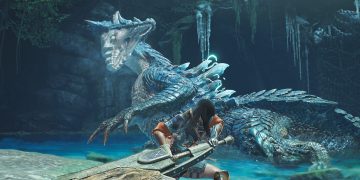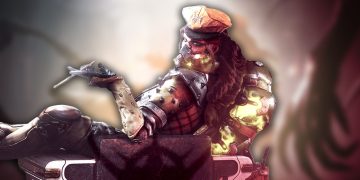Following the recent Corporate Management Policy Briefing, Nintendo took to Twitter to announce that games designed for the Nintendo Switch will continue to be playable on its upcoming console, which is affectionately being dubbed “Switch 2” by fans and industry insiders alike.
The detailed Management Policy Briefing, accessible on Nintendo’s site, sheds light on the company’s robust status in the console hardware arena, boasting an impressive sale of 146 million units under the Nintendo Switch Family umbrella. It emphasizes that the breadth of gaming experiences on the Switch surpasses any other Nintendo hardware to date. This comprehensive 59-page document dives into sales figures and historical trends, confirming that the current Nintendo Switch Online service and other offerings will seamlessly transition to the newly anticipated console.
For those familiar with the gaming worlds of Sony or Microsoft, this revelation might not come as a shock. Microsoft’s Xbox consistently excels in backward compatibility, with features like FPS and Resolution Boost enhancing games from the original Xbox and Xbox 360 when played on newer consoles like Xbox One or Xbox Series S/X. While Sony hasn’t been as extensive in backward compatibility since the PS3 era—with PS5 supporting most PS4 titles and a handful of PS2 and PS1 games through emulation—its approach has been somewhat restricted. PS3 titles have unfortunately been confined to cloud streaming on newer consoles, which hasn’t been popular with the PlayStation community.
Nintendo, for its part, has generally been favorable with backward compatibility until the advent of the Nintendo Switch. The Wii U supported disc-based games from the Wii and GameCube, along with a Virtual Console option that filled in nearly all gaps from older Nintendo libraries. Similarly, the Nintendo 3DS could run Nintendo DS games, though it lacked support for Game Boy Advance titles and earlier handhelds. When the Switch was launched, an architectural shift from PowerPC to Arm CPUs led to a break in this tradition. However, the considerable success of the Switch’s Nvidia-powered hardware seems to have encouraged Nintendo to continue with this framework, allowing current Switch game purchases to remain relevant when the Switch 2 hits the shelves.
This strategy also holds promise for games that pushed the limits of the original Switch hardware, such as “Legend of Zelda: Tears of the Kingdom.” These might now reach up to 60 FPS without relying on emulation hacks, something Nintendo notoriously tries to suppress. Since Switch emulators are potent enough to potentially handle Switch 2 games, just as Dolphin did for GameCube and Wii, there might be even more to look forward to with this next generation.

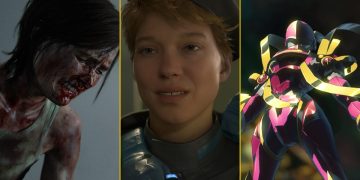


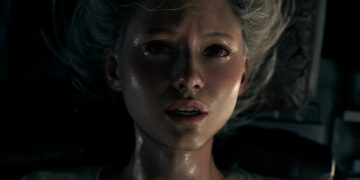
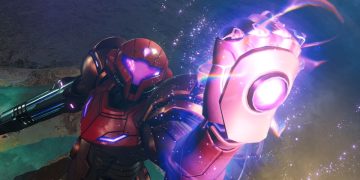
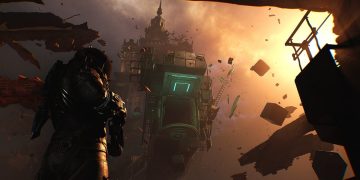

![[Free Game] Ruffy and the Riverside Giveaway for PlayStation 5 (North America) [Free Game] Ruffy and the Riverside Giveaway for PlayStation 5 (North America)](https://www.gamrbuzz.com/wp-content/uploads/2025/06/Free-Game-Ruffy-and-the-Riverside-Giveaway-for-PlayStation-5-360x180.jpg)


